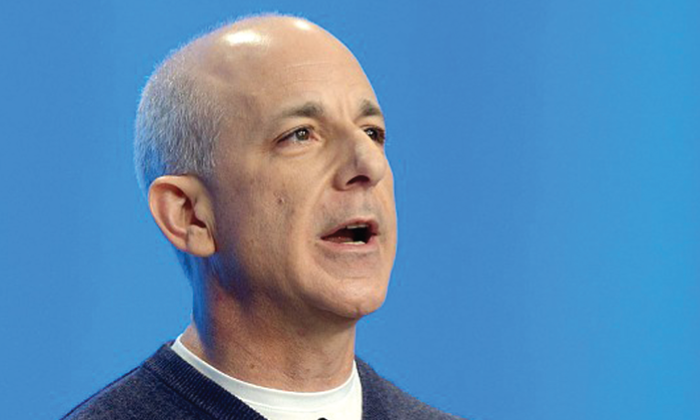While the tech world searches for the next Steve Jobs, Microsoft’s own Jobs has quit. After 23 years with Microsoft, Steven Sinofsky announced a premature retirement in early November, and while speculations are rife about internal power struggles with CEO Steve Ballmer, Sinofsky assures in his goodbye email that “this was a personal and private choice that in no way reflects any speculation or theories one might read…” Interestingly though, “Ballmer replaced Sinofsky with two executives with a reputation for co-operation. The move marks the third time in the last few years that Ballmer has replaced a single unit head with two leaders sharing responsibilities” – according to Reuters. Bill Gates and Sinofsky were close, but Gates is alleged to have supported Ballmer’s move.
Power struggles aside, Sinofsky was widely touted within the industry as not being a team player, even accused of running a “fiefdom”. Under Sinofsky, Windows operated akin to a walled fortress with a management philosophy that was popularly christened “Sinofskyization” where senior executives were not welcome. Furthermore, he had a history of forcing visionaries out of the company. In fact, Microsoft’s ‘downfall’ in recent years can partly be alluded to such behaviours and a refusal to adapt to changing winds.
In the shifting tech landscape and the emerging cloud-based world, the PC is no longer at the forefront. Windows is no longer Microsoft’s central pillar. Integration is key and communication between different arms of a company is more vital than ever. Sinofsky was famously secretive and old-fashioned in this sense and alienated other sections of the company.
As a commenter at Hackernews succinctly puts it – “Personally, Sinofsky was one of the biggest reasons I left Microsoft. He was willing to ditch potentially game-changing products/features spanning multiple industries because it didn’t align with his idea of software engineering, which was more suited for boxed software like Office than for rapidly deploying services. He didn’t/doesn’t get services – he’s a boxed software guy at his core.”
Reuters interprets Ballmer’s move as a plan “to remodel Microsoft as a much more integrated operation in an attempt to take on Apple and Google at their own game.” And rightfully. For if Microsoft hopes to regain its lost sheen and faith among its shareholders, it must align.














